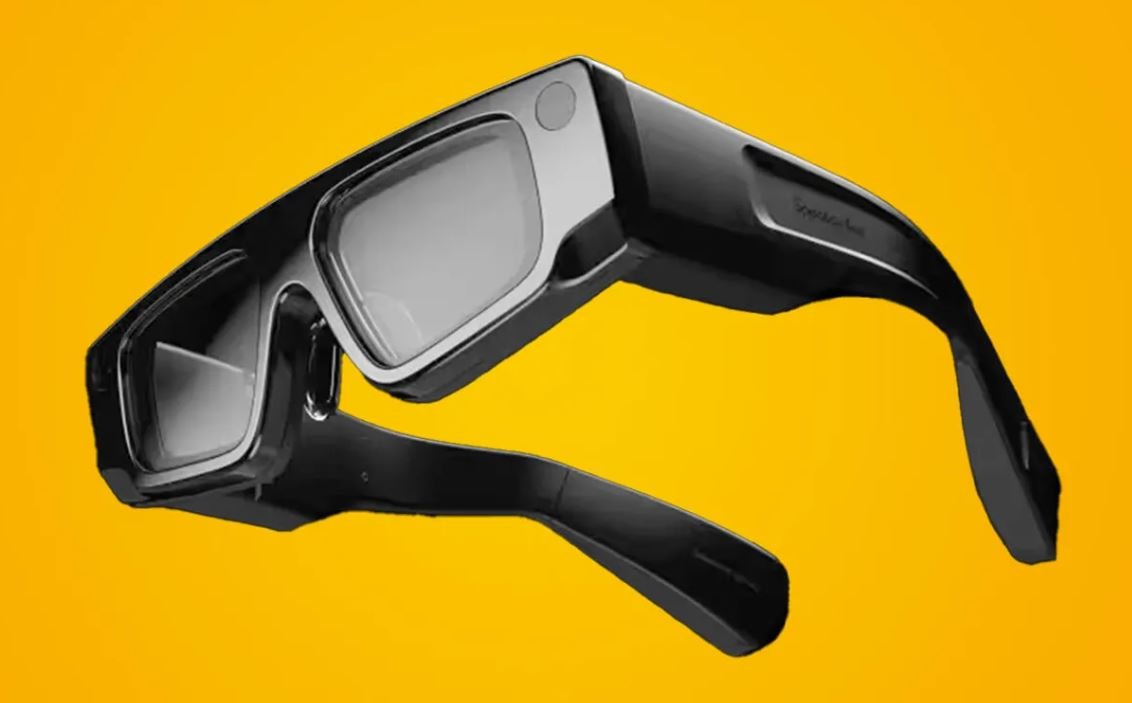Wireless charging pads have emerged as convenient solutions for keeping electronic devices powered up without the hassle of tangled cords and cables. This article explores the origins, functionalities, and benefits of wireless charging pads in meeting the charging needs of today’s tech-savvy consumers.
Origins and Evolution:
The concept of wireless charging dates back to the early 20th century, with Nikola Tesla’s pioneering work on wireless power transmission. However, it wasn’t until the 21st century that wireless charging technology began to gain traction in consumer electronics. Early wireless charging pads were primarily limited to specialized applications and niche markets. However, with advancements in technology and increased demand for convenient charging solutions, wireless charging pads have become commonplace in homes, offices, and public spaces worldwide.
Functionality and Features:
Wireless charging pads utilize electromagnetic induction to transfer power from the pad to a compatible device without the need for physical connectors or cables. These pads typically consist of a charging base or mat equipped with a coil that generates an electromagnetic field. When a compatible device, such as a smartphone or wireless earbuds case, is placed on the pad, the coil in the device’s receiver converts the electromagnetic energy into electrical current, allowing the device to charge wirelessly.
Compatibility and Versatility:
One of the key advantages of wireless charging pads is their compatibility with a wide range of devices. Many smartphones, smartwatches, and other portable electronics are equipped with built-in wireless charging capabilities, making them compatible with standard Qi wireless charging pads. Additionally, wireless charging pads are available in various sizes, shapes, and designs, allowing users to choose the pad that best fits their charging needs and aesthetic preferences.
Convenience and Simplicity:
Wireless charging pads offer unparalleled convenience and simplicity in charging electronic devices. With a wireless charging pad, users can simply place their device on the pad’s surface to initiate charging, eliminating the need to fumble with cables or connectors. This hands-free charging experience is particularly convenient for users who frequently charge multiple devices throughout the day, as they can easily switch between devices without having to plug and unplug cables.

Efficiency and Safety:
Wireless charging pads are designed to deliver efficient and safe charging for electronic devices. Many wireless charging pads feature built-in safety mechanisms, such as overcharge protection and temperature regulation, to prevent damage to devices and ensure optimal charging performance. Additionally, wireless charging pads are energy-efficient, consuming minimal power when not in use, and reducing the environmental impact associated with disposable batteries and traditional wired chargers.
Conclusion:
In conclusion, wireless charging pads represent a significant advancement in charging technology, offering a convenient, versatile, and efficient solution for powering up electronic devices in today’s fast-paced world. With their seamless functionality, broad compatibility, and user-friendly design, wireless charging pads have become indispensable accessories for tech-savvy consumers looking to simplify their charging routines and stay powered up on the go.




![Snapchat Spectacles (5th Gen) [Top Features Unveiled] [2024] Snapchat Spectacles](https://barefootclimb.com/wp-content/uploads/2024/10/Snapchat-Spectacles-150x150.jpg)






